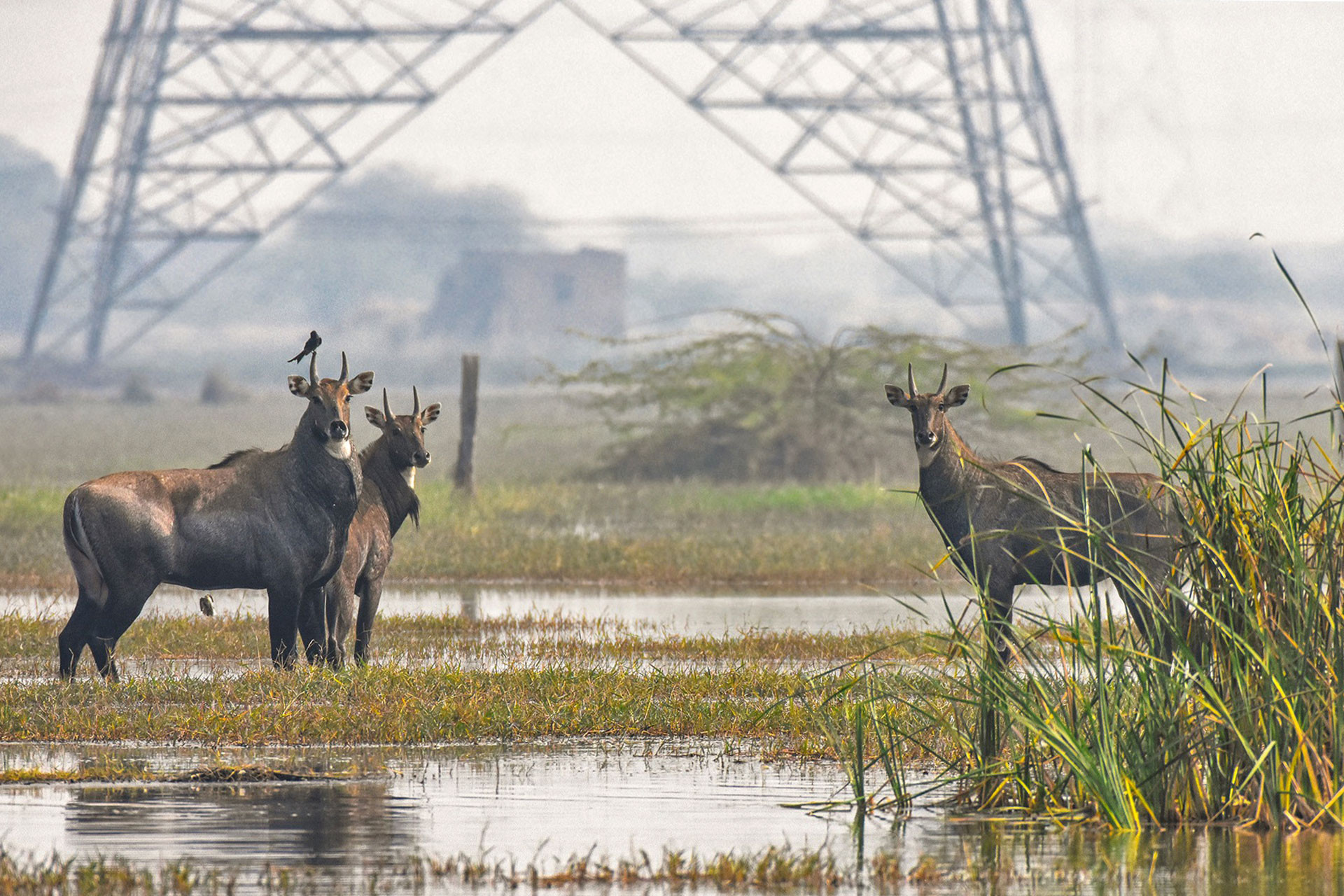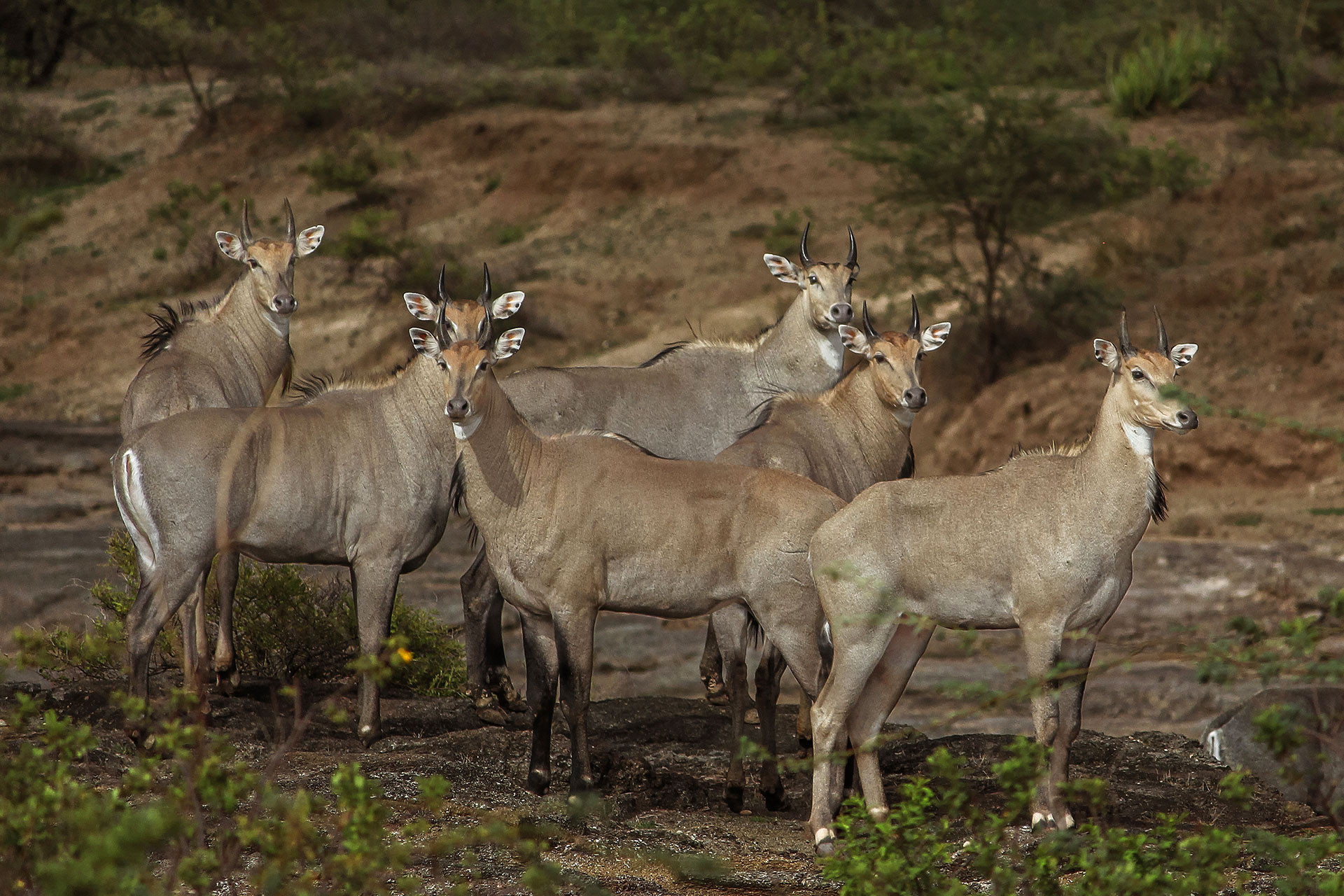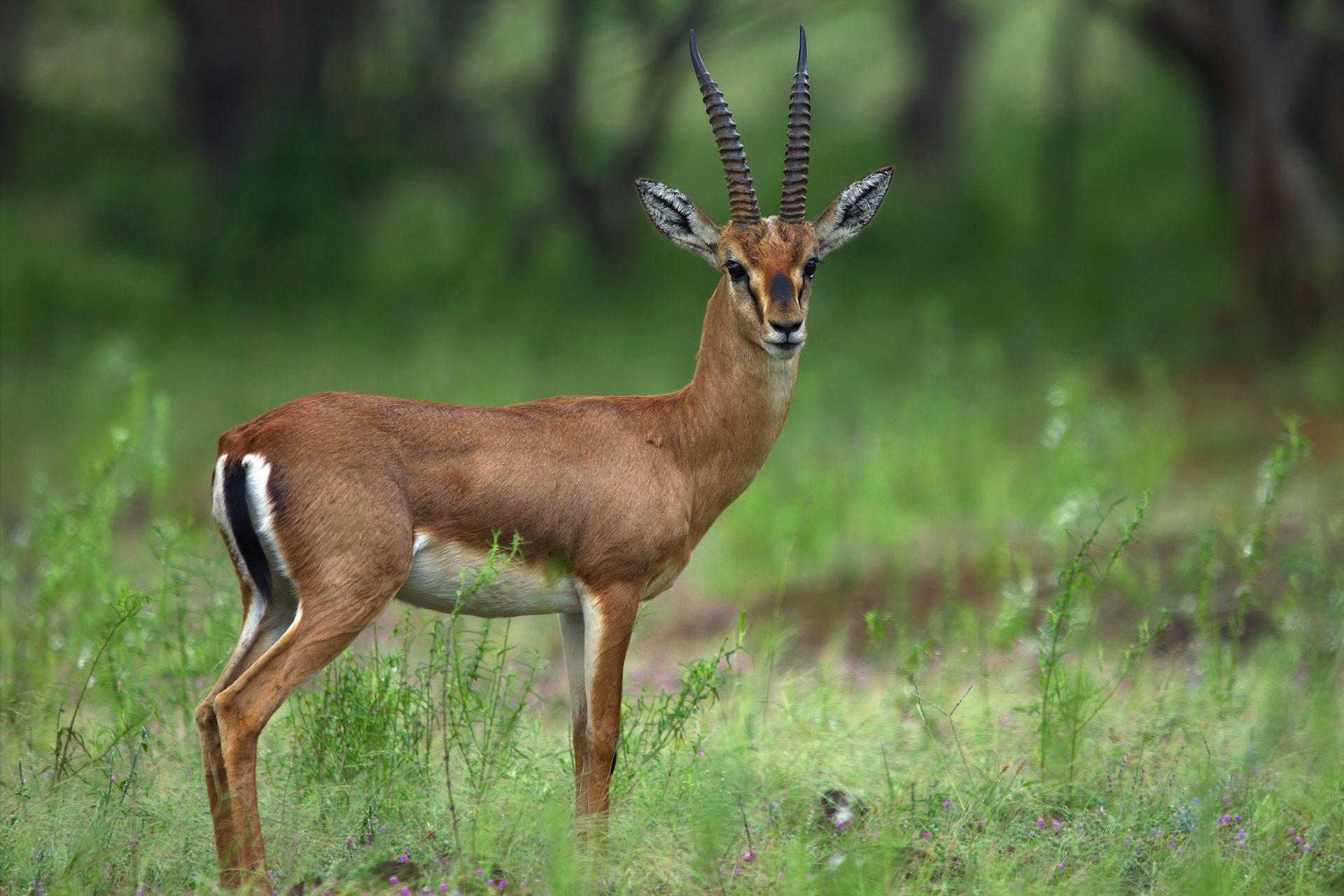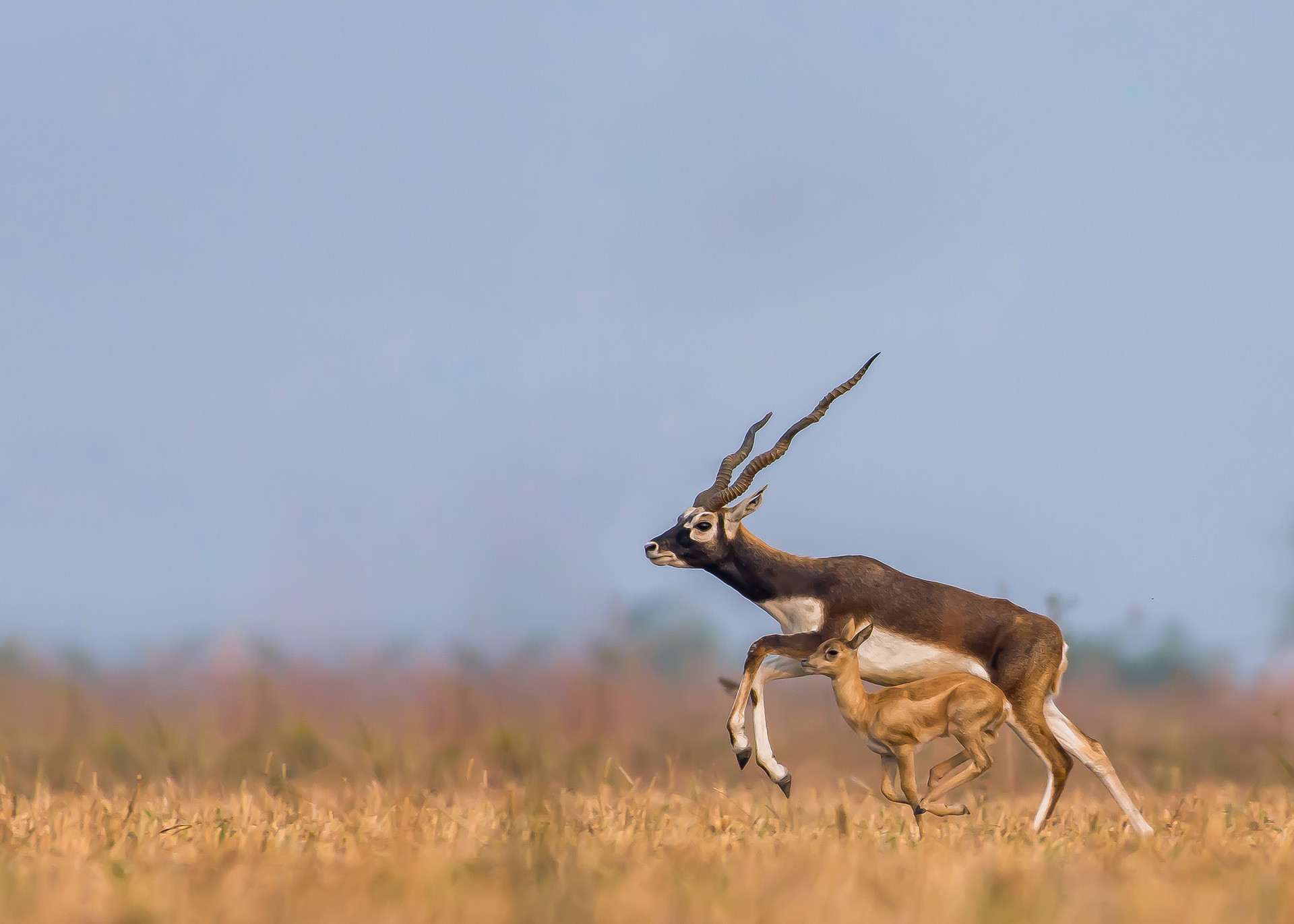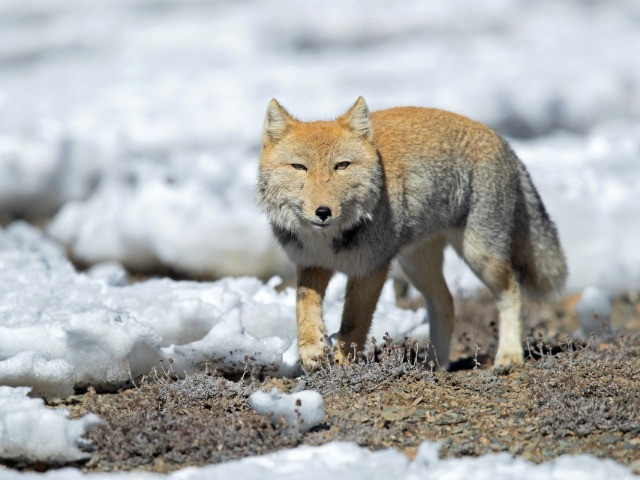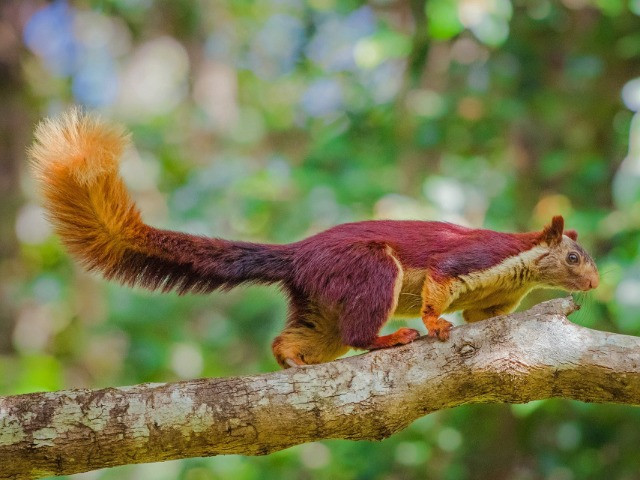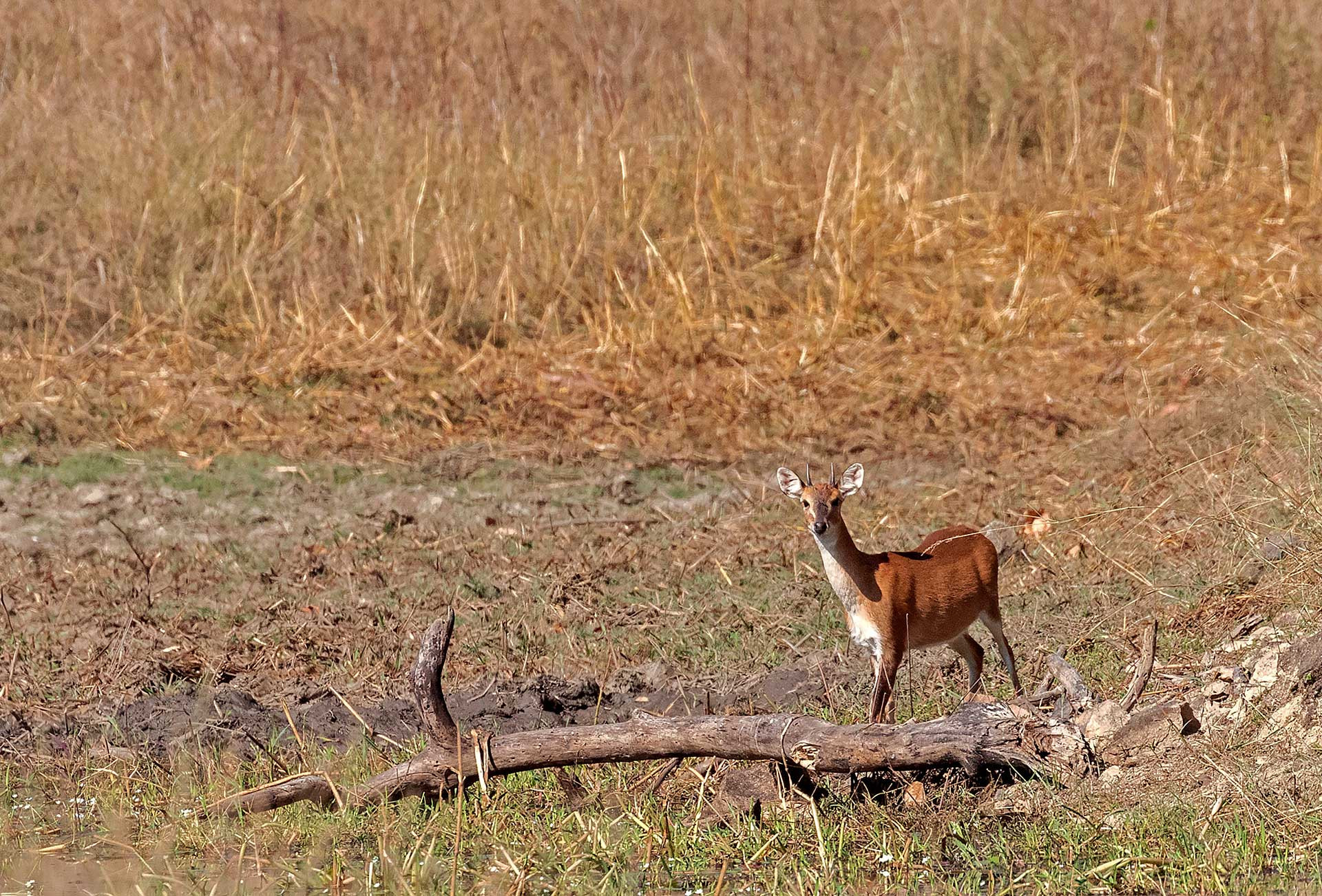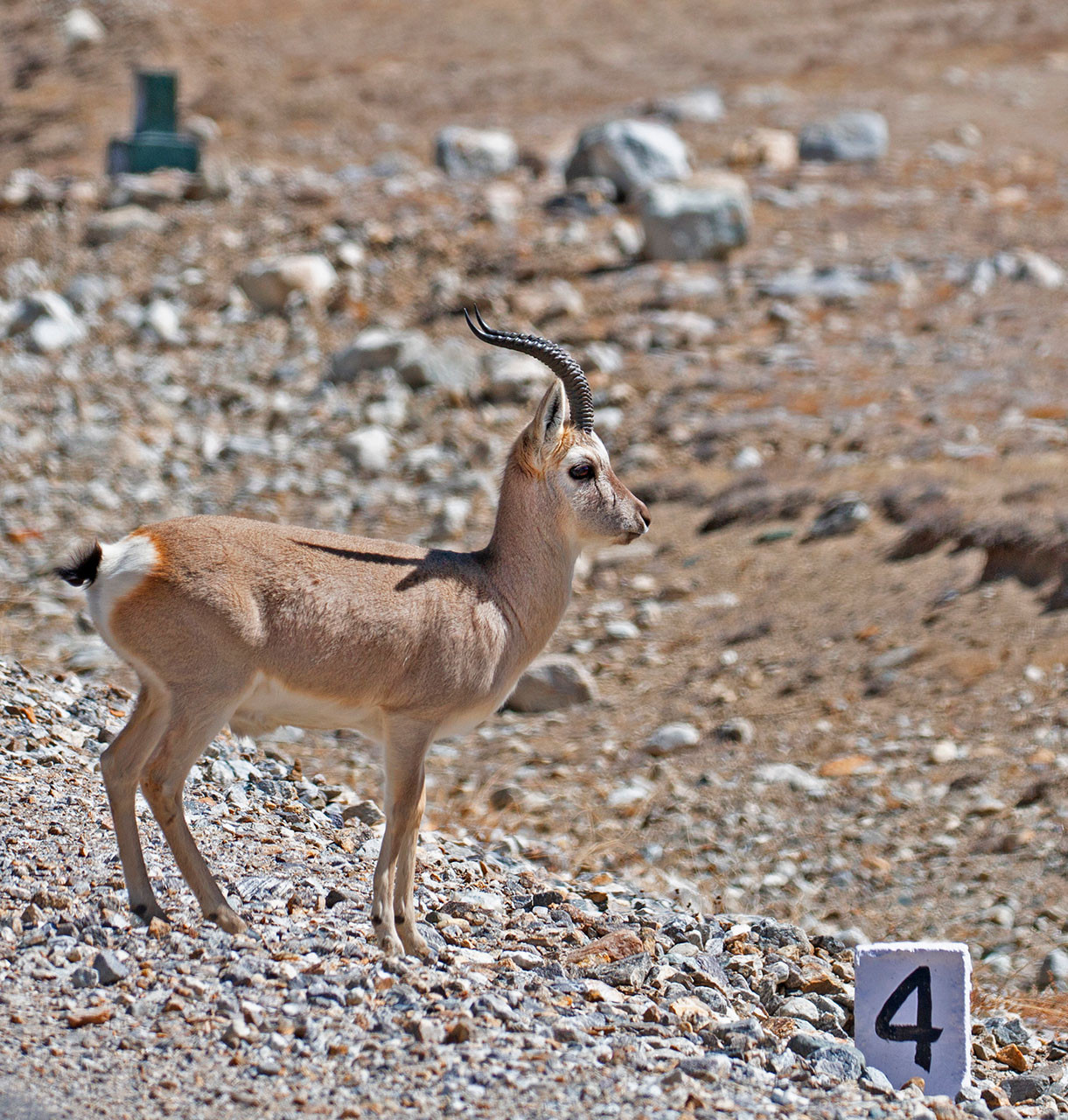If you are a wildlife photographer from India, you are likely to have documented Blackbucks, either displaying their impressive leap while galloping through a grassland or with antlers-locked as two males engage in a battle for territory. If you are one of the luckier ones, you may have a freeze-frame of that rare glimpse of a Chousingha before it retreats into the wilderness or that of a Tibetan Antelope, once you have scaled the heights for it, of course! The point that we are trying to make is that the antelopes of India are an impressive bunch, and it's hard not to pay attention to them!
Antelopes belong to the Bovidae family, whose other members include goats, sheep and cattle. Deer belong to the Cervidae family, which also includes true hoofed mammals like the elk and the Barasingha. While male deer sport branched antlers, they shed and regrow every year, whereas the male antelope’s horns are a permanent morphological feature.
Next up, gazelles. Okay, now this is a tricky one. Basically, all gazelles are antelopes, but not all antelopes are gazelles. Antelopes are the bigger family unit, and gazelles form a small part of it. There are some similarities and differences between them. For example, both gazelles and antelopes have four-chambered stomachs, but among gazelles, both the sexes have horns which is not the case with antelopes.
Sadly, beyond their antlers and unique behavioural attributes, the antelopes of the country are also synonymous with illegal wildlife trade. Antelopes are hunted for their antlers, skin and fur. These herbivores are also losing their habitats to developmental activities, leaving them with little room to thrive.
In this cheat sheet, we introduce you to the six antelope species found in India and share a brief overview of the many threats they face. Grasslands are not wastelands, and the antelopes of our country remind us of this essential fact every single day! So let us try and protect them and the ecosystems that they depend on.
Nilgai (Boselaphus tragocamelus)
IUCN Red List Status: Least Concern
Largest among Asian antelopes, Nilgai, or Blue Bull, as it is also known, are habitat generalists. Found in open forests, agricultural lands, grasslands and scrublands, they are a rare sight in dense forests and deserted areas. Although present throughout the Indian subcontinent, the Nilgai is more common in the northern parts of the country. Most recently, Gujarat reported that the state's Nilgai population had increased by 117 per cent in the last decade! Being herbivores and due to their shrinking natural habitats, Nilgais often feed on crops, causing significant agricultural damage and economic loss to farmers. Effective countermeasures do not exist at the moment, and the issue has paved the way for the culling of Nilgais and increased incidents of retaliatory conflicts.
Chinkara (Gazella bennettii)
IUCN Red List Status: Least Concern
Native to India, Pakistan and Iran, Chinkara or the Indian Gazelle is found in arid regions such as scrublands, deserts and sparsely vegetated hilly areas. Their reddish coat helps them to hide from predators in their habitats. Chinkaras are mainly seen in the western and central parts of the country. The antelope feeds on grasses and fruits, playing an important role in seed dispersal. In 2020, the rampant hunting of Chinkaras in the state of Rajasthan revealed that despite the Least Concern conservation status, the antelope continues to face various threats. Conversion of grasslands for developmental activities is also affecting local populations.
Blackbuck (Antilope cervicapra)
IUCN Red List Status: Least Concern
Blackbucks need no introduction—the spiral horns among males, their signature morphological feature. Occupants of grasslands and lightly wooded areas, the antelopes mainly feed on grasses and plants. The modification of grasslands has greatly impacted Blackbuck populations across the country. In January this year, hunting of Blackbucks along the Andhra Pradesh-Karnataka border was reported, highlighting how Blackbuck hide and horns are widely traded in the international markets. In stark contrast, the Ganjam region in Odisha has been celebrating the increase in the region’s Blackbuck numbers, setting an example of how community involvement can help build awareness and protect the species.
Read more: Vetnai | Nature inFocus
You may also like to read
Chousingha (Tetracerus quadricornis)
IUCN Red List Status: Vulnerable
The Four-horned Antelope or Chousingha is found in lightly wooded areas that are close to water bodies. A 2008 study of the antelopes in Bandipur National Park, Karnataka, revealed that the species prefers open land with low tree density and high deciduousness. The Chousingha feeds on grasses and shrubs and is a solitary grazer. Scientific information about the antelope is scarce, and although found throughout the subcontinent, populations are scattered. Apart from habitat modification, invasive plant species are a major threat to local populations. Chousinghas were documented in Wayanad Wildlife Sanctuary for the first time in 2018 as camera trap images revealed the bovid's presence in the region.
Tibetan Gazelle (Procapra picticaudata)
IUCN Red List Status: Near Threatened
Endemic to the Tibetan Plateau, Tibetan Gazelles are also called Goas. The small antelope species is found in the Ladakh and Sikkim regions of India, although a large part of their range exists in China. Goas prefer alpine meadows and steppes as habitats where they feed on grasses, legumes and herbaceous flowering plants called phorbs. Habitat loss and increase in domestic livestock are some of the biggest threats to the antelope. They were also widely hunted in the past. The closing of borders between India and China as a result of the 1962 war led to a loss of traditional pastures, impacting their foraging routes.
Read more: A Survey Of India's Tibetan Gazelle Population | Nature inFocus
Tibetan Antelope (Pantholops hodgsonii)
IUCN Red List Status: Near Threatened
Also called Chiru, the Tibetan Antelope is known for its fur that varies from a dark brown to a light yellow colour. While most of its geographical range lies in China, a small population of the species is found in the eastern parts of Ladakh. The antelope prefers montane plains and valleys between 13,000 and 18,000 feet and feeds on grasses, herbaceous flowering plants (phorbs) and shrubs. Chirus are known to dig through the snow while foraging for vegetation. One of the biggest threats to the species is commercial hunting for wool. The scarves made using the soft and warm wool obtained from the antelope are called shahtoosh and are in great demand in international markets. This demand has led to extensive hunting of the Tibetan Antelopes, wiping out 90 per cent of their global populations.

